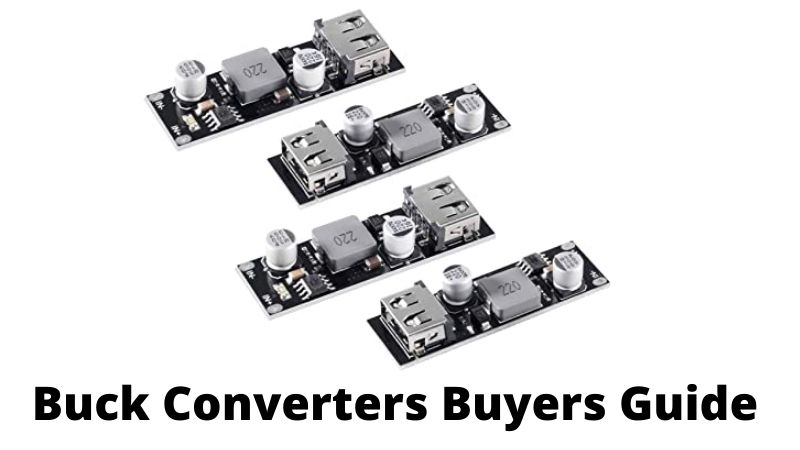A basic power electronics converter that converts high DC voltages to low DC voltages, a buck converter is used in several common applications, such as USB on the go, solar chargers, battery chargers, adaptive control applications, power amplifier applications, are just a few of them.
However, different applications require different parameters and there is no one-device-fit-for-all situation. There are times when you need to take a look at the difference between the input and output voltages while there are cases when you need to take into consideration the DC load regulation.
This article takes you through all the features and parameters you need to know when you buy a buck converter.
Buck converters based on the difference between the input and output voltages
If the output voltage (VOUT) of your application is less than the input voltage (VIN), you need to go for a step-down buck converter. On the other hand, if the output voltage (VOUT) of your application is greater than the input voltage (VIN), a step-up converter is used. If the output voltage is more or less than equal to the input voltage magnitude, you can use a buckboost converter. If the output and input voltages have different polarities, go for an inverting converter.
Buck converters based on the input-to-output isolation feature
Buck converters are based on isolated or non-isolated configurations. If your application needs a complete DC isolation between the input and output ports of the converter, you may require a transformer-based converter.
Buck converters based on the regulated or unregulated output voltage
DC-DC converters produce an output voltage that is tightly regulated. Smaller buck converters can be used in applications that can tolerate an unregulated output voltage.
Buck converters based on package and mounting choices
Buck converters are available in a variety of styles – the more common ones are package and mounting types. If you need to mount your buck converter directly onto a PCB, you can go for a mounting choice. Mounting converters come in different configurations as listed below:
- Surface mounted (SMT) converters
- Through-hole mounted (THM) converters
- Single in-line pin (SIP) converters
- Dual in-line pin (DIP) converters
- Chassis mounted converters
- DIN rail mounted converters
- Open frame converters
- Encapsulated converters
Buck converters for low EMI or EMC
Buck converters should follow certain regulations – EMI and EMC being two of them. This is to make sure that buck converters do not interfere with the operation of other electrical components.
Similarly, safety certifications for buck converters should also be obtained if you are planning to use it in hazardous voltage conditions.
Maximum operating temperature of the application
You need to know the maximum operating temperature of the application to decide whether you need a heat dissipation mechanism for the buck converter.
If you need a buck converter to provide low-voltage DC/DC power for your business application, visit our website and take a look at our extensive range of buck converters to choose from.
